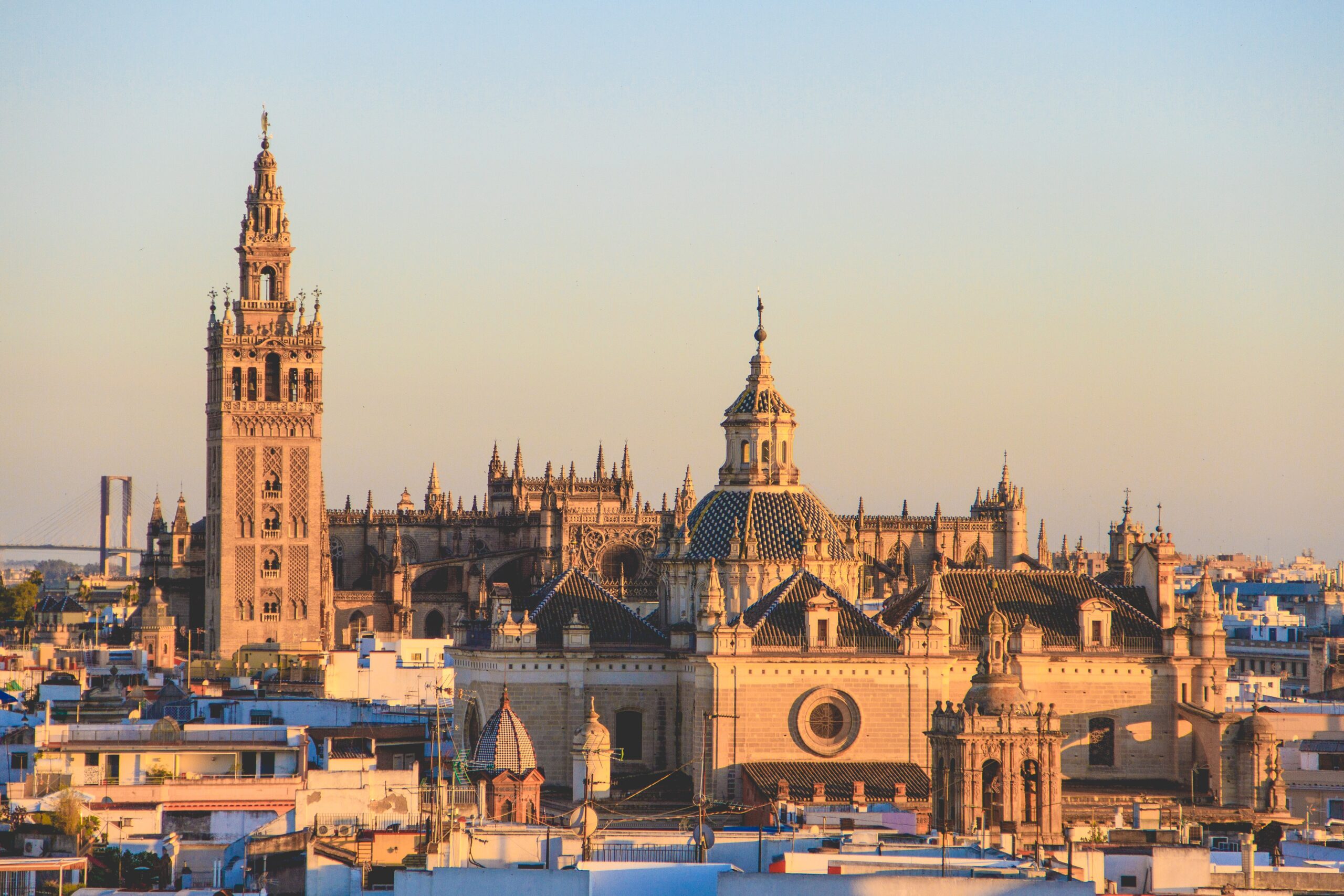Spain is a country with profound historical roots in Europe. Its identity and unique idiosyncrasies have been forged by a variety of phenomena, such as the discovery of the Americas and its neutral position during the two world wars. At the same time, however, there are strong parallels between Spanish history and the history of other European countries; although it never renounced its diversity, Spain emerged as a unified state at a very early stage and played a crucial role in some of the most brilliant episodes in modern European history.
Based on the findings at Atapuerca (Burgos province), estimated to be around 800,000 years old, the presence of hominids on the Iberian Peninsula dates back to the Lower Palaeolithic period. Experts are still debating the origin of these early settlers, who may have entered the peninsula directly from Africa via the Straits of Gibraltar, but more likely arrived by crossing over the Pyrenees. In any case, the remains of utensils and works of art found on the peninsula are certainly from this period, corresponding to the same hunter-gatherer cultures that existed in other parts of Europe.
Dame of Baza (Museo Arqueológico Nacional)Moreover, the Iberian Peninsula constituted the western boundary of a process of cultural dissemination that began in on the eastern shore of the Mediterranean around the fifth millennium B.C. Known as the Neolithic Revolution, this process consisted of the transition from a collector economy to a producer economy based on agriculture and stockbreeding. Another period in the history of the peninsula began around 5000 or 4000 B.C. and lasted until the 16th century A.D., which was characterised by the dominant role of the Mediterranean basin and civilisations.
From approximately 1100 B.C. until the middle of the 3rd century B.C., commercial and cultural contact with the Mediterranean civilisations was articulated by the Phoenicians (whose territories extended from the Algarve on the peninsula’s South Atlantic coast to Iberia’s Mediterranean shores in the east) and the Greeks (whose influence stretched from the estuary of the Ebro River to the Gulf of Roses on the north-eastern coast of Spain). At the end of this period, both civilisations were displaced by the Romans and Carthaginians respectively.
Hence, between the 12th and 4th centuries B.C., substantial differences emerged between the Iberia that extended from the Mediterranean in the northeast to the Atlantic in the south, and the Iberia of the peninsular inland region. The latter territory was inhabited by various tribes, some of them Celts. With a relatively primitive social organisation, these peoples engaged in migratory herding, which consisted of alternating the grazing pastures in the northern uplands that they used in the summer with those of the southern part of the central plateau, or Meseta, used in the winter. Shepherds and sheep, the conquerors of grazing lands, played a key role in the geo-history of the Iberian Peninsula.
By contrast, in the 4th century B.C. the peoples of the coastal region generically known as Iberians had already formed a homogenous group of city- states (Tartessus, the biblical Tarshish or perhaps the legendary submerged Atlantis) influenced by the more developed urban, trading, farming and mining centres of the Eastern Mediterranean. The earliest written records about the peninsula date from this period. Hispania, the name the Romans gave to the peninsula, is allegedly a Semitic word derived from Hispalis (Seville).






